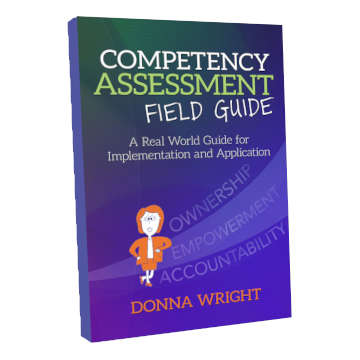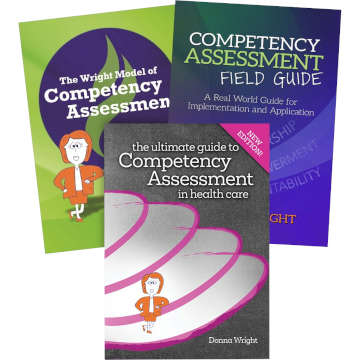Guest post by Ann Flanagan Petry, MSW, MSPOD
Although there are hundreds research studies about how to engage patients more effectively, the advice they offer is often difficult to implement in the real world, for three reasons. First, there are just too many unique situations happening with each patient, such that one size does not fit all. Second, the effectiveness of each intervention is partly dependent on the personality and background of the patient — who they are, what they want, and how they connect. Third, many of the factors determining the outcome of patient experience are more emotional than rational, which requires an ability to connect or tune-into people regardless of circumstances or emotional state.
Luckily, research is providing valuable lessons in identifying key relational competencies which enable us to engage with people in the midst of whatever situation we are in. We use the word competency purposefully, because we know relational competencies are skills which are learnable. So, whether someone has superficial understanding or a personal blind spot of their own relational abilities it remains possible for them to improve their capacity to meaningfully connect with others. In fact, who couldn’t stand to improve? Undeniably, it requires mindset, skills and knowledge to get better at relating to people, starting with a willingness to become more self-aware. That means stepping out of auto-pilot, especially in hectic health care settings.
Among the competencies that improve clinicians’ ability to relate is the ability to attune or “tune-in” to others. Attunement is the sine qua non: something that is absolutely needed to engage meaningfully with any patient or family member. Despite the relatively new understanding of attunement from a neuroscience perspective, there is burgeoning recognition of its importance in every human interaction, whether personal or professional. For instance, in the book, Social: Why Our Brains Are Wired to Connect. Matthew Lieberman, a social neuroscientist at the University of California, Los Angeles, outlines the fascinating neurological evidence for the primacy of social connections in our lives. According to Lieberman, there are three neural networks within the brain that promote our social connection: one that involves our ability feel social pain and pleasure; one that allows us to read others’ emotions and predict their behavior; and one that helps us to absorb cultural beliefs and values. Understanding social connection is at the heart of Koloroutis & Trout’s book See Me as a Person which introduces a framework for therapeutic relational competency grounded in the neuroscience of attunement.
To further the understanding of social connection in health care, CHCM recently published Advancing Relationship-Based Cultures. In this book, we take a deeper dive into the competency-based framework for individual development and organizational enculturation of the four key relational practices: attuning, wondering, following and holding. The authors have deconstructed the practices, making them accessible vis a’ vis knowledge, mindset and applications. And now, there is a way to measure clinician’s current relational competency level and develop a baseline for individual and team development through a web-based assessment.
Since we know one size doesn’t fit all when it comes to patient engagement, we believe the true path to improving outcomes lies in helping all health care professionals become more relationally proficient.
In a clinical setting, authentic human connection cannot be mandated. It can however be a clearly articulated expectation, shared purpose, a goal and a standard – Koloroutis & Trout







